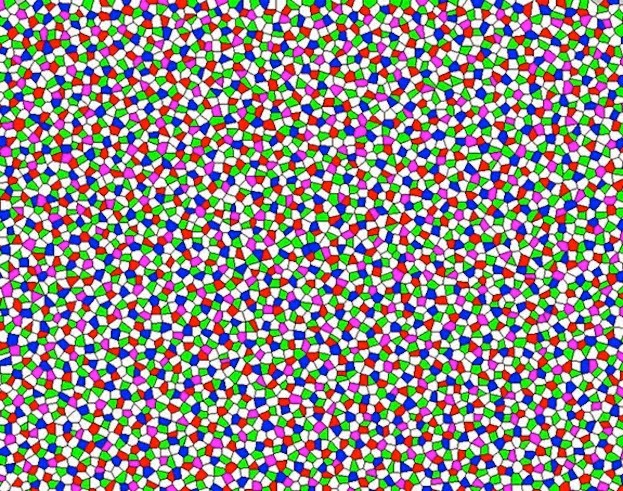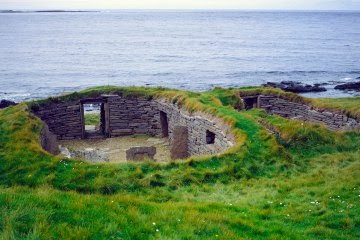
We are now beginning our study of the cell, the basic structure of all living organisms. In the early seventeenth century, Galileo Galilei put two glass lenses inside of a cylinder. After looking through the cylinder he was able to identify tiny geometric structures in the eye of an insect. While Galileo is not considered a biologist, he is credited with being the first person to look through a microscope and make an observation of the microscopic world.
BlogWork
Research question: What are some of the differences between prokaryotic and eukaryotic cells? List five differences in complete sentences. You can use the links below.


